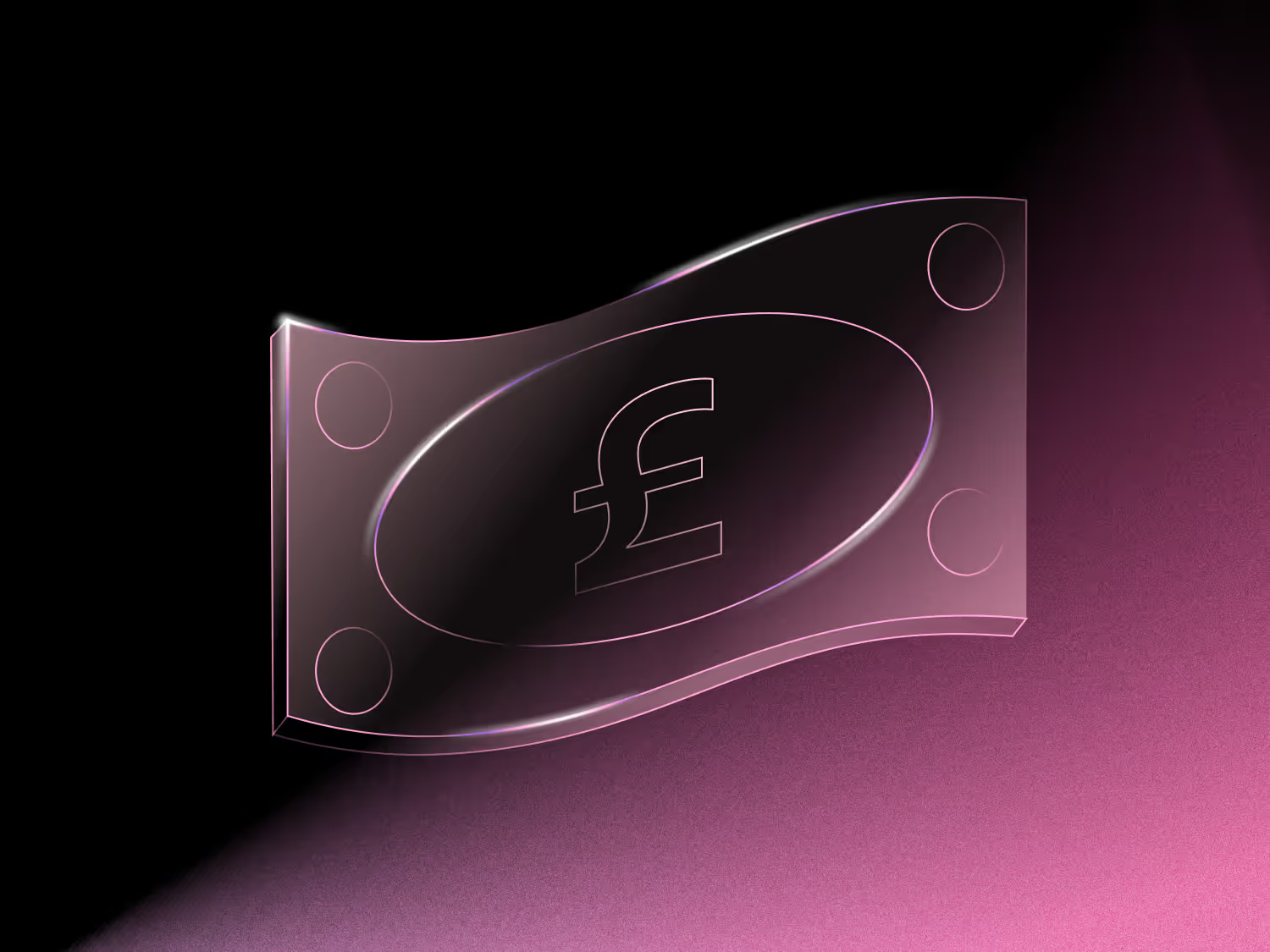Exchange-Traded Funds (ETFs) and mutual funds are among the most popular assets available to UK investors, and can suit portfolio rebalancers and new investors alike.
Both help you get exposure to a given market index, sector, or type of asset without having to do the heavy lifting of individual stock picking. Yet, mutual funds and ETFs have key differences that make each investment better suited to certain needs. This guide walks you through everything worth considering before making your choice.
What makes ETFs and mutual funds similar?
Both mutual funds and ETFs represent a collection of individual stocks, bonds and other assets. Because they’re a basket of investments, they’re generally less risky than investing in any one stock or bond separately.
That’s why both mutual funds and ETFs can offer built-in diversification, by spreading your investment across a range of asset classes, industries, geographies, and risk levels. Diversification can improve your ability to manage stock market volatility, as your returns won’t be tied to any single investment.
What are the differences between ETFs and mutual funds?
Typically, a mutual fund has a fund manager calling the shots and hand-picking assets that align with the fund’s objective. For instance, if the fund’s stated aim is to provide a high level of return, the fund manager will likely choose companies in earlier stages of the business cycle, or in rapidly-expanding industries, such as AI. Funds like these are often referred to as “actively managed”.
Meanwhile, ETFs usually aim to track an index, such as the S&P 500, which includes the 500 largest US-listed companies, or the FTSE 100, which represents the 100 biggest British-listed firms. So, the experts managing ETFs will try to choose stocks and bonds that align with the returns achieved on those indexes. That said, actively managed ETFs trying to ‘beat the index’ are becoming increasingly popular.
However, these are just broad differences. Let’s get into granular comparison below.
ETFs and mutual funds comparison
Types of ETFs
Beyond passive and active ETFs, ETFs can also be further broken down into different goals and investment categories. They will also be divided based on whether they distribute any income to you, the shareholder, or automatically reinvest into the ETF.
Equity ETFs
- Dividend ETFs: Focused on companies that distribute dividends regularly, offering a steady income stream to investors. These companies usually don’t offer significant growth potential, as they’re focused on reliable dividend payments instead.
- Sector ETFs: These provide exposure to an array of industries such as technology, healthcare, or energy. Investors can align their portfolio with specific market themes that they believe will perform well in the long run.
- International ETFs: These include anything on a foreign market, such as emerging market (EM) ETFs.
- ESG ETFs: This type of ETF can focus on sustainable businesses, which may include companies concerned with renewable resources or clean energy. Or, they’ll track a common index but exclude companies such as oil and gas refineries or weapon-makers that don’t adhere to environmental, social and governance (ESG) principles. Finder found 60% of UK investors now hold ethical, or ESG investments.
Non-equity ETFs
- Bond ETF: Designed to provide income from corporate or government bonds, which should provide greater stability than stocks. They are often used as ‘defensive’ holdings, to keep your portfolio stable throughout bouts of market volatility.
- Commodity ETF: These track the price of raw materials such as gold, oil, or agricultural products. They can be useful for hedging against inflation and diversifying your portfolio with commodities.
Types of mutual funds
- Index funds: Aiming to mirror a market index, also known as ‘tracker funds'. They are usually passively managed and, as a result, can be more cost-efficient.
- Equity funds: Investing in shares of companies listed on exchanges. These mutual funds may target growth stocks, value stocks, or specific sectors.
- Bond funds: Tapping into government or corporate debt. Known as ‘fixed income mutual funds’, they focus on generating stable, but potentially lower, returns.
- Money market funds: Accessing lower risk investments, such as government bonds or UK Treasury bills. Money market funds often offer modest returns but can also preserve your liquidity.
- Multi-asset funds: Leveraging a blend of equities, bonds, cash, or even property. The fund manager rebalances holdings to achieve a balance of risk and reward.
- ESG/Sustainable funds: These funds have a particular focus on companies viewed as having a beneficial (or non-detrimental) impact from an environmental, social or governance (ESG) perspective.
For a more comprehensive breakdown, check out our explainer of the different types of mutual funds.
ETF vs Mutual funds - FAQs
Is the S&P 500 a mutual fund or an ETF?
No, the S&P 500 is neither a mutual fund nor an ETF. The S&P 500 is an index that tracks the performance of 500 of the biggest publicly listed companies in the US.
You can invest in ETFs and mutual funds that seek to track the performance of the S&P 500. These index funds aim to track benchmarks and offer investors the chance to roughly peg their investment to the value of a certain index, tracking its ups and downs.
Are ETFs tax-free in the UK?
No, ETFs are not tax-free in the UK. Both income and capital gains from ETFs is subject to taxation in the UK. However, holding an ETF investment within a tax-efficient wrapper like a Stocks and Shares ISA or a Self-Invested Personal Pension (SIPP) will allow you to benefit from tax-free ETF income and gains.
The value of your investments can go down as well as up and you may get back less than you invest. Freetrade does not give investment advice and you are responsible for making your own investment decisions. If you are unsure about what is right for you, you should seek independent advice.
ISA and SIPP rules apply. Tax treatment depends on your personal circumstances and current rules and may change.
A SIPP is a pension designed for people who want to make their own investment decisions. You can normally only access your money from age 55 (57 from 2028).

.avif)


.avif)

.avif)





